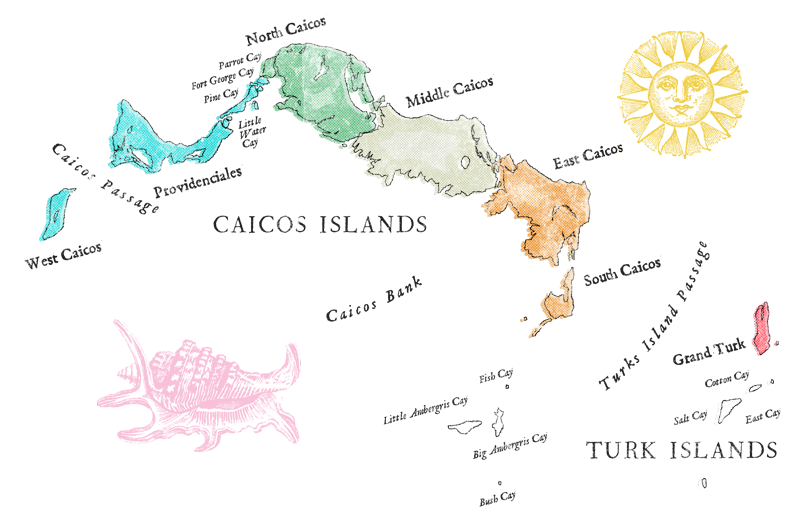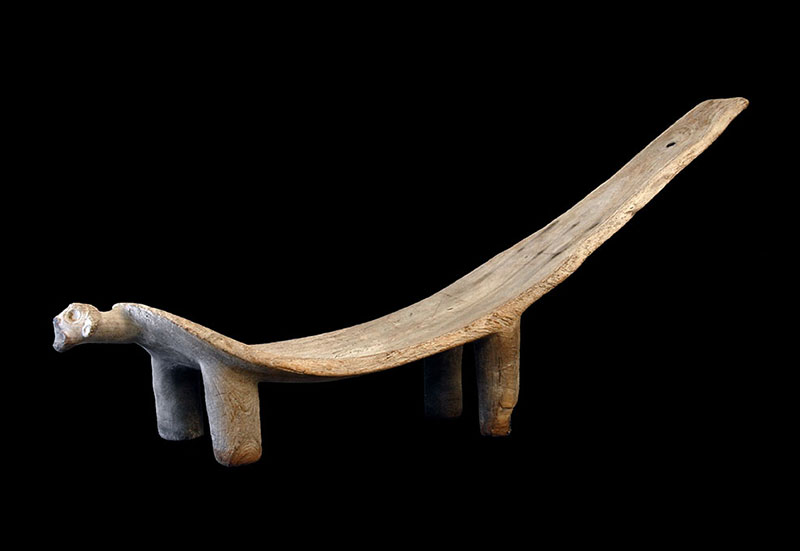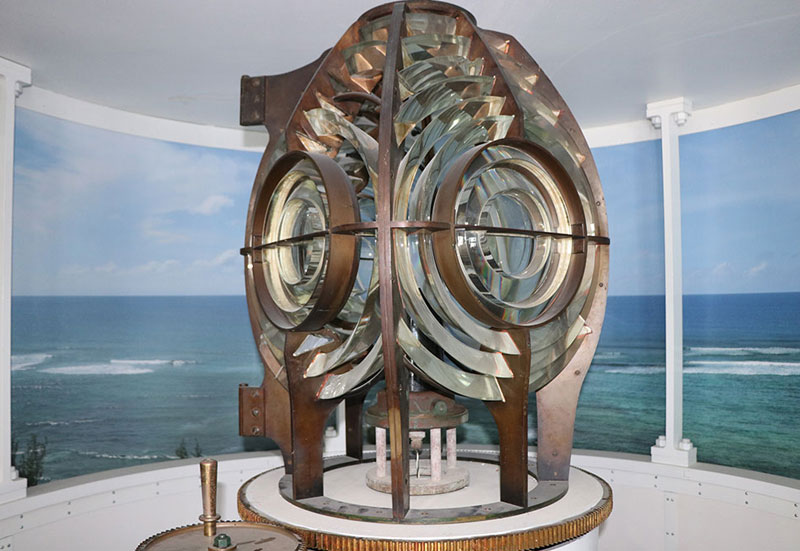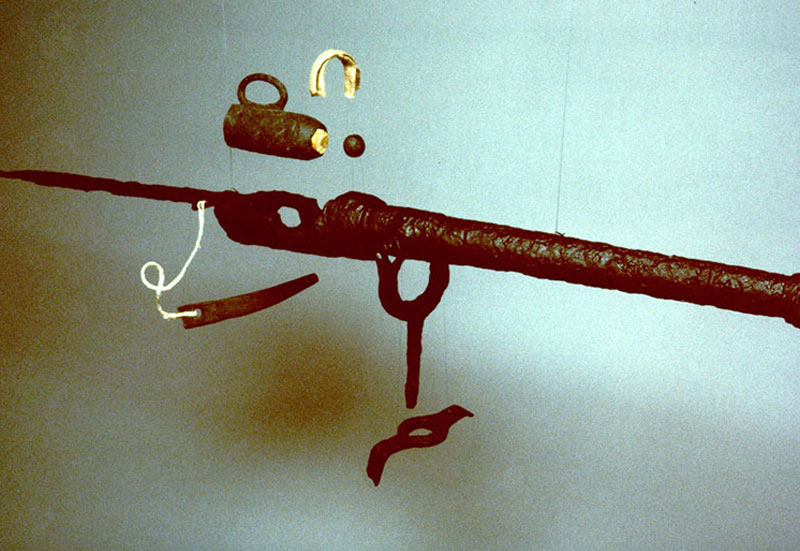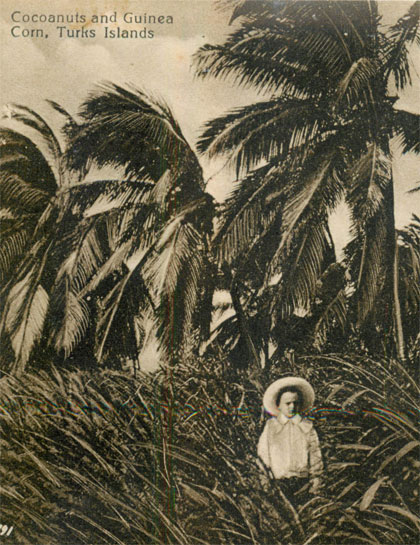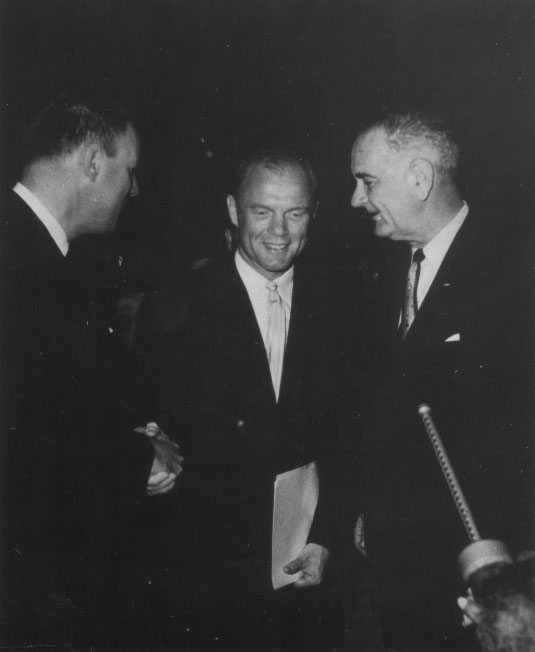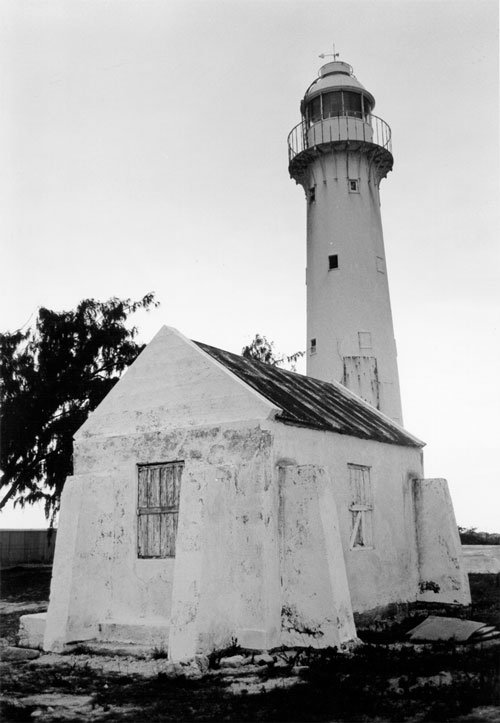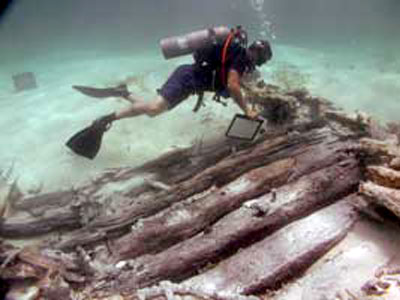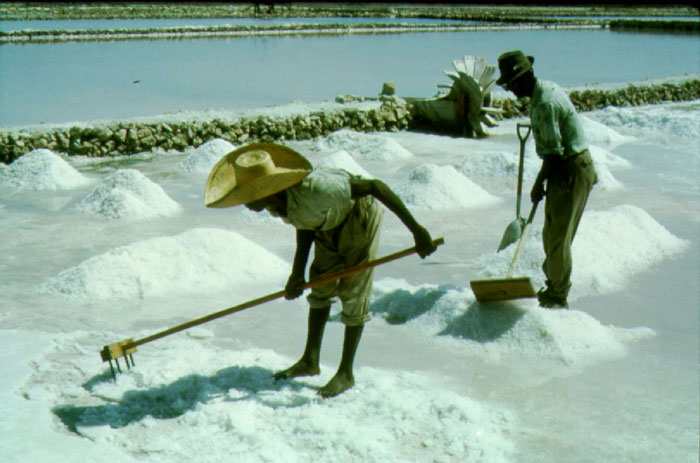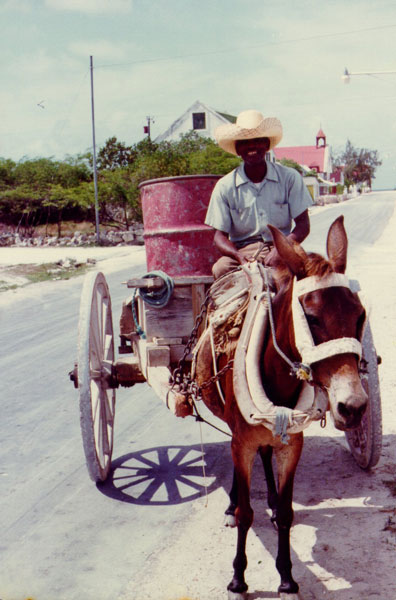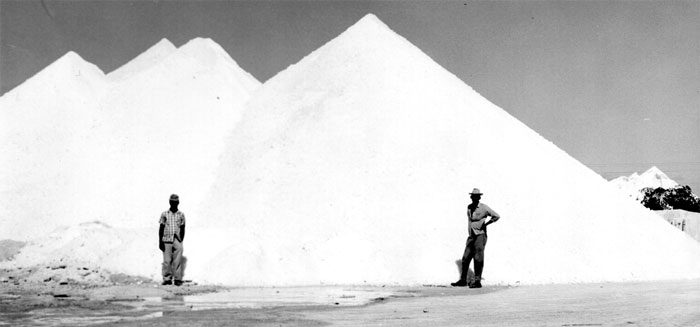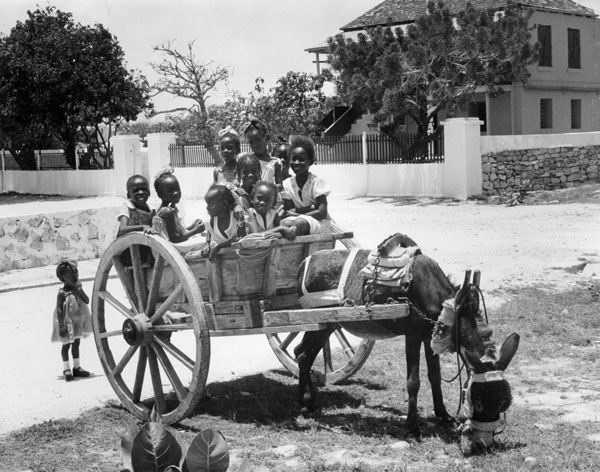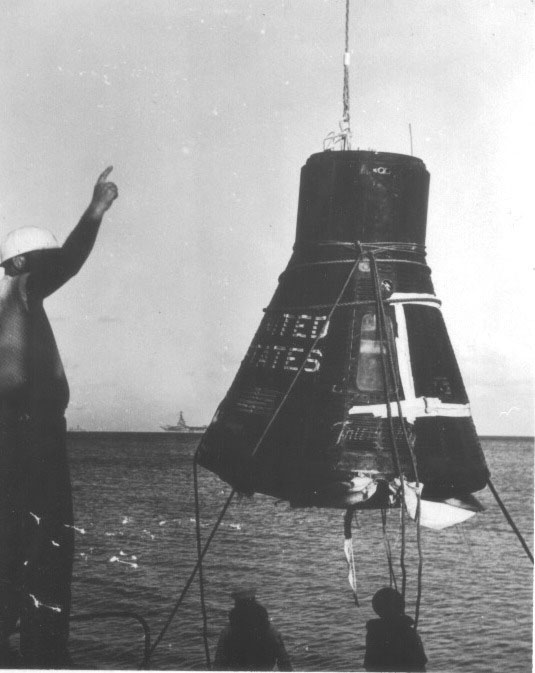Find out what’s happening behind the scenes
This morning we had two geo cachers stop by the museum off the Holland America Eurodam. Known on Geocaching.com as Teampolarbear and Papoosky, these two guys have registered over 1500 caches by downloading the information from the geocaching website into their Ipods and then using Garmen GPS units to locate the various caches that are in the places they travel.
They were looking for three today: the museum, the lighthouse, and a new one at, I think, the Salina House. They rented a golf cart and were off the ship early. They were the first two people at the museum. I noticed them looking around the front of the museum when I came into work, and knew immediately what they were looking for.
I thought they were just the third geocachers to come to the museum since the “cruising cachers” (see blog entry on Dec 9) left the cache. They told me, however, that many people have signed the log. I looked on the Geocaching.com website and to my surprise, 18 people have logged the visit and some have put up pictures standing at the museum with staff. An added bonus, they said very nice things about the museum.
Though the guys today were having a great time on Grand Turk, they did say that their wives had stayed behind at the cruise center to “shop.” I wonder if they were shopping, or just NOT “geo caching.”
- Published in A Day at the National Museum
The Salinas kiosk has gone up. The kiosk provides cultural information on the history of the Salinas as salt ponds and their importance today as a migratory bird habitat.
Already there have been several visitors and islanders alike standing reading the panels. They are effective and should be an asset to understanding this large part of Grand Turk.
- Published in A Day at the National Museum
by Jessica Brody
Today’s task between hosting cruise ship visitors: assembling the archives. Tiffany and I spent August through December arranging and creating order in the museum’s paper collections. We sifted through governmental reports, church records, salt industry ledgers, and personal accounts of the islands. After separating them into categories, we started entering them into the database. To complete that task, however, we needed to give them permanent homes in the storage room. We couldn’t do that without ordering the proper archival supplies so we know how they fit on the shelves. We were able to do this through a grant from a US Foundation.
Last week the order finally arrived after much delay (oh the joys of shipping to these islands!). I’ve never been so excited to see an archives box. It was like Christmas! These acid-free containers will keep the collections safe for hundreds of years. It’s nice to know the work we are doing here will keep our stories alive for the TCI’s next generations.
- Published in A Day at the National Museum
The library is in heavy use today. We’ve had a number of visitors, some just perusing, and others working from it’s shelves as we speak.
To our visitors I showed off the work Tiffany and I did over the fall and winter – cataloging and adding books to the database – and adding the latest update:Just yesterday I completed a small victory for man over machine when I figured out how to use the database to print book labels just the way I needed them. Soon the library will be recognizable as well as functional! I’m looking forward to completing the project in the coming weeks and officially calling the library up and running.
And it’s none too soon! We have four students here this morning working on projects based on our library’s collection.
- Published in A Day at the National Museum
Last night was the second Spring 2 Collections event at the museum. We watched 10 minute of silent footage, recently donated to the museum, of the Navy base being built on Grand Turk and then talked about photographs in the museum collections. We talked a lot about the airstrip that used to run where Cee’s Grocery store currently resides on Grand Turk which prompted stories about the planes running on the islands. Children in the schools used to hide under their desks when they heard planes taking off because you never knew when one of the US airplanes was going to break the sound barrier. “You didn’t know if you were going to hear that shatter noise or not,” shared one participant.
Overall, we identified 19 people in 25 photographs. Reminiscing was so much fun we’ve decided to make this a regular event!
Thanks to all who participated and we look forward to doing it again soon!
- Published in A Day at the National Museum
by Jessica Brody
A member of the museum stopped by to drop off the annual dues and left us with an unexpected gift! She had a couple things her husband was willing to part with: a commemorative ship’s bell and an old spy glass. The ship’s bell is probably a significant addition to the museum collections since it has the name of a ship on it, but I couldn’t keep my eyes off the spy glass. It was so cool! I’d never seen one before and it looked right out of the Mary Poppin’s movie.
I just happened to have one of the kids for the after school program nearby. I showed her the spy glass – she’d never seen one before either. I asked her to guess how old it was. “It doesn’t look so old,” she said. When I told her it was probably about 110 years old she refused to believe me.
We’ve been working hard the last couple weeks under extreme pressure to complete two grant proposals. These had to be completed on top of assembling a new display for Provo, preparing for Children’s Program and Spring 2 Collection events, and hosting 7 cruise ships through the museum.
The grants are very exciting. The first was actually a submission of the second and final round of the British Library’s Endangered Archives Project. This project would allow the museum to hire an archivist to seek out and preserve pre-1900 government records. The possibility of saving these documents is a very exciting prospect and I’m keeping my fingers crossed that we are accepted!
The second proposal, submitted today, was a nomination to the American Association of State and Local History’s Leader in History Award for Where is Simon, Sandy? The publication of Simon, Sandy and its proceeds have led to the promotion of Turks and Caicos culture and history to international audiences, the acquisition of donkey-related items, and it provides funding for the Children’s Program. Certainly a project like this is worthy of recognition!
Looking at the spy-glass today reminded me of how rewarding all this work can be, not only did I get to see something new, but I got the opportunity to interpret that history for a Turk’s Islander. The look on her face reminded me why we work so hard on these projects: to interpret and celebrate Turks and Caicos history!
- Published in A Day at the National Museum
We now offer a behind the scenes guided tour at the museum in Grand Turk. The tour is available through our website on the Cruise Ships Tours page. The tour has been developed for people who want a more detailed and longer experience at the museum. This may be divers who are really interested in seeing collections from shipwrecks around Grand Turk that are not on display. This may also be cruise ship tours who want an experience a little more personal and less crowded.
Yesterday we had our first guests on the tour. Ken and Debby came off the Carnival Liberty.
Jessica took them through the museum and the Molasses Reef Wreck. For the “behind the scenes” portion in the labs, someone was working on the Provo Island Wise exhibit case, so they got a full discussion of how museum exhibits are developed.
They had a great time. In fact Ken said that the tour was the “highlight of their cruise.”
- Published in A Day at the National Museum

On Tuesday we had a local musician’s jam at the museum. Often during these events visitors will show up and sit in. On this particular night Wally Jarvis, a Renaissance musician from Michigan, came and played a 13th century wooden flute.
The evening was incredible. The Wet Lab and outside areas were full of people. The blend of island music and Medieval flute was particularly captivating. Truly remarkable. One of the best music events we have held at the museum.
We appreciate participation like this. It not only makes the museum a fun place to come to, but it makes our programs fun for us as well.
- Published in A Day at the National Museum
By Rory McEathron
The archaeological excavation continued today, mindless of the overcast weather–which I thoroughly enjoyed.The whole group worked incredibly hard today, digging 22 new holes (most of which had nothing of substance in them) and covering almost two acres.
Had it been hot and sunny like yesterday, I think that we may have had casualties—I am exhausted anyway. The ground we’re covering is covered with hundreds of thorn-bushes, and I think that seeds could actually be planted in the dirt-filled gouges in my legs and arms.We’re definitely making good progress though.
Debbie and I talked for close to half an hour about Hollywood archaeology today while we were working. Why can’t real archaeology be like we see in Indiana Jones? I mean, he walks onto a site and finds the priceless treasure in his first hole! So far, out of 56 holes, the most interesting thing that we’ve found is … a tiny piece of pottery? I’m really having fun with it; it’s hard work but I’m learning a lot and getting to spend time with people I’d never have a chance to otherwise. Day four tomorrow!
- Published in A Day at the National Museum
By Rory McEathron
The surveying part of the archaeological project finished today. We covered another 15 holes (many of which we were forced to surface collect) and found a wide range of colorful ceramic fragments and broken bottles. I learned today that it is possible to estimate the age of a bottle by measuring how deep the indentation on the bottom is. Present-day glass bottles usually have flat bottoms, but when bottles were made in the 19th century they were blown on the end of a rod. The older bottles had very large indentations on the bottom where the rod was placed. We were also greeted today by a Yellow-Crowned Night Heron at one of our holes. These birds, which stand about two feet tall, are basically fearless and do not fly away unless closely approached. After watching the bird for nearly five minutes, it flew into the dense scrub and disappeared. I always find the incredible variety of creatures God has created amazing…I was astounded again today and I hope that I will continue to be! Artifact cleaning tomorrow!
- Published in A Day at the National Museum
